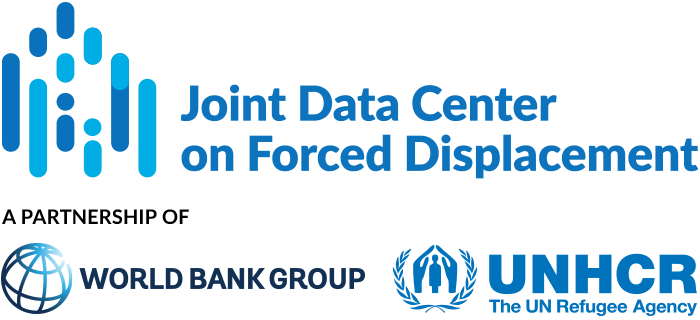This paper investigates the factors that motivate people to host internally displaced persons (IDPs) in their homes, focusing on the Democratic Republic of Congo (DRC). The DRC has experienced prolonged conflict, resulting in the internal displacement of 5.7 million people, equivalent to approximately 6 percent of the country’s population.
JDC Literature Review
South African attitudes towards refugee settlement: Examining the importance of threat perceptions
This paper investigates policy preferences and attitudes to refugees in South Africa. South Africa hosted more than 240,000 refugees and asylum seekers in mid-2022. The vast majority (84 per cent) originated from other African countries, mainly Ethiopia, the Democratic Republic of the Congo and Somalia.
Forced displacement, social cohesion, and the state: Evidence from eight new studies
This article synthesizes new evidence on the relationship between forced displacement and social cohesion.
Social Cohesion and Forced Displacement: A Synthesis of New Research
This report synthesizes findings from 26 background studies on forced displacement and social cohesion, prepared under the “Building the Evidence on Protracted Forced Displacement: A Multi-Stakeholder Partnership,” established in 2016 by the UK Government, the World Bank, and UNHCR.
Employability of Syrian Refugees in Lebanon: The Role of Legal Residency
This study investigates the relationship between legal residency and labor force participation among Syrian refugees in Lebanon. Lebanon hosts an estimated 1.5 million Syrian refugees, with less than 20 percent possessing legal residency.
Revolving Doors: How Externalization Policies Block Refugees and Deflect Other Migrants across Migration Routes
This paper investigates the effects of externalization policies on unauthorized migration flows, focusing on the effects of the 2016 EU–Turkey Statement on unauthorized border crossings to Europe.
No longer a blind spot: Climate change adaptation policies must address forced displacement
This brief article advocates for a systemic, long-term, development-oriented approach to climate-induced displacement, alongside humanitarian responses.
The authors draw on an analysis of 42 National Adaptation Plans (NAPs) and 166 Nationally Determined Contributions (NDCs). NAPs are submitted by developing states to Conferences of the Parties (COP) and detail their medium- and long-term adaptation priorities and strategies. NDCs are climate action plans to cut emissions and adapt to climate impacts.
Effect of border policy on exposure and vulnerability to climate change
This paper analyzes the effect of border policies on exposure and vulnerability to climate change impacts, for migrants and origin and host communities.
The authors quantify the effects of border policies on population distribution, income, exposure and vulnerability, CO2 emissions, and overall temperature increase. They do this by incorporating international migration and remittances into Integrated Assessment Models (IAMs) that are widely used to estimate the economic damage caused by greenhouse gas emissions.
Do applications respond to changes in asylum policies in European countries?
This paper analyzes whether the distribution of asylum applications across European countries responds to policy changes.
The authors model the uncertainties faced by asylum seekers including: (a) the probability of obtaining refugee protection; (2) the expected time required to process an asylum application; and (3) the risk of repatriation for asylum seekers whose applications are rejected. The analysis is based on EUROSTAT data on asylum applications to European countries between 2009 and 2017.
How do policy approaches affect refugee economic outcomes? Insights from studies of Syrian refugees in Jordan and Lebanon
This paper examines how different policy environments in Jordan and Lebanon have shaped economic outcomes for Syrian refugees, with a focus on education, work, social assistance, and welfare outcomes. In Jordan, the population census identified 1.3 million Syrians living in the country, of whom around 650,000 are recorded as registered refugees by UNHCR. In Lebanon, the government estimates that Syrian refugees numbered 1.5 million in 2021, while UNHCR Lebanon reports 850,000 registered Syrian refugees.


